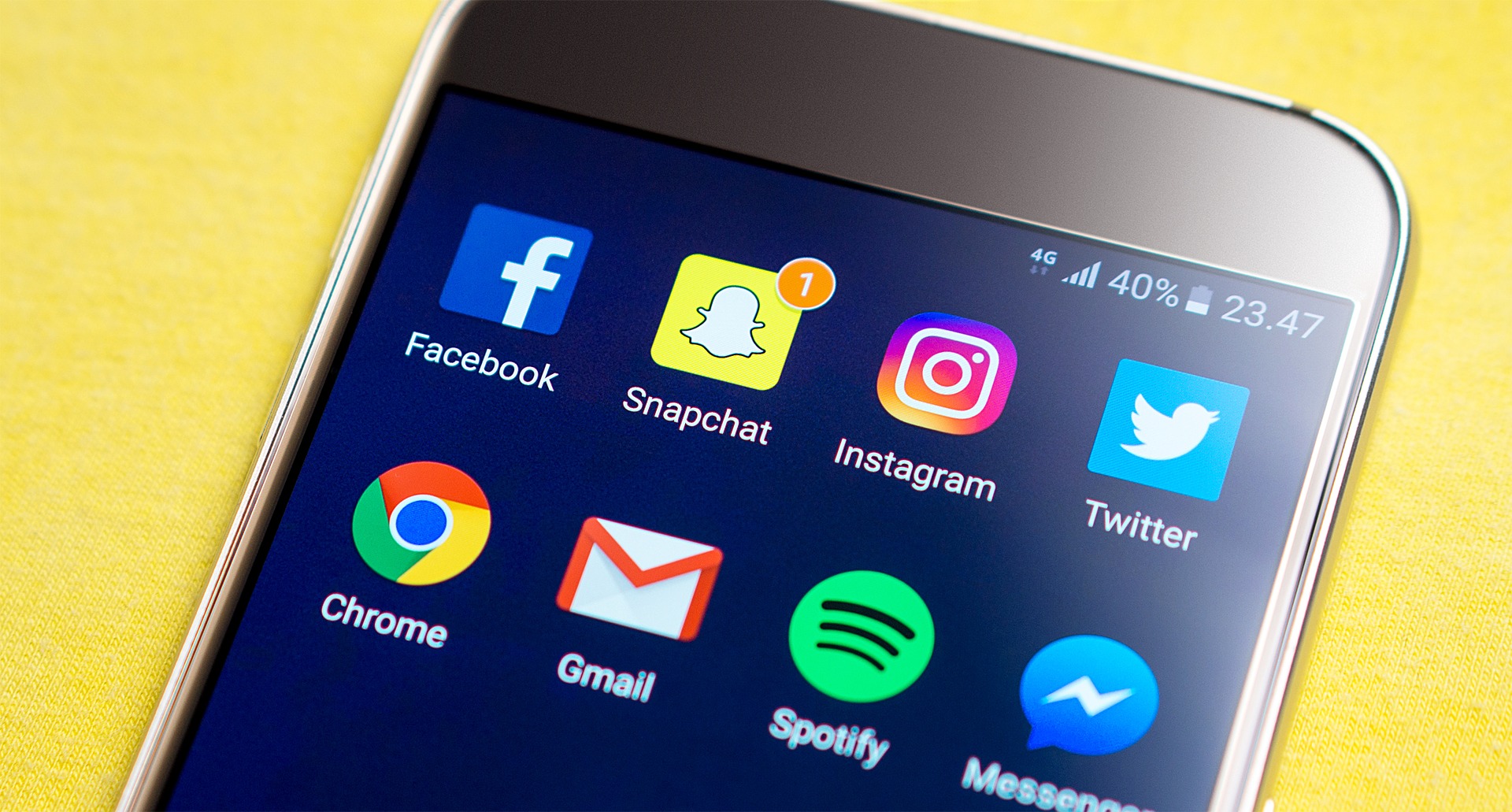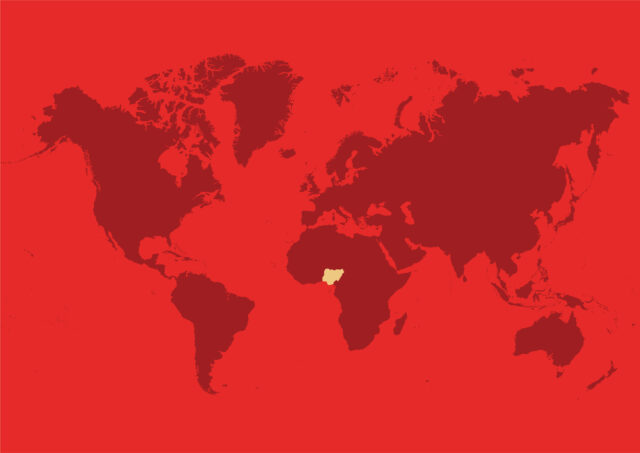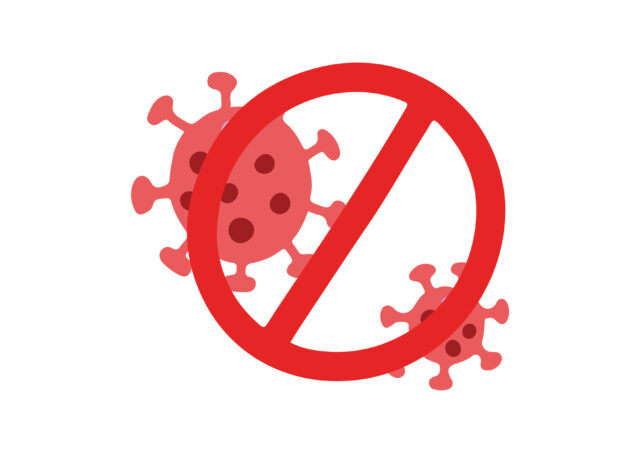They are two of the most influential social networks in the world. They have also become direct competitors since they became a part of the lives of millions of people around the world a couple of years ago.
Apart from individuals, however, brands have also leveraged on the popularity of both platforms to create awareness and market their offerings. This has led to a debate of sorts about which of these two social networks provide a better avenue for marketing goods and services.
Instagram and Snapchat have gone neck-to-neck in competition since the former came out with Instagram stories in the middle of 2016. With Snapchat upping its editing and camera filter game, while Instagram also introduced stories, stickers and live streaming, all in a bid to retain customers on their platform and possibly poach faithfuls of the competing brand.
While Baby Boomers are still hooked on Facebook, the Generation X and Millennials consider Instagram and Snapchat their preference when it comes to relations in the virtual space.
But which of Instagram or Snapchat is the better marketing tool? Which represents the better option for business people?
There’s really no clear cut answer. A brand would have to define its target market before determining which would be better suited to their products or services.
Instagram boasts of 400 million daily active users compared to Snapchat’s 150 million, but that’s not the full story.
According to a recent survey, out of 35,000 people who were asked which of the platforms they preferred, 22,050, representing 63% of the population voted Snapchat.
One feature which has marked Snapchat out is its filter, and if Instagram can include this feature in its application, maybe it would succeed in luring a significant percentage of millennials who appear to prefer Snapchat to it.
This is not to suggest that Snapchat is the better platform. The Facebook-like features that have been incorporated into Instagram since its acquisition in 2012 have given it a wide range of features apart from it being available in 33 languages.
The room to upload multiple posts at once is one feature brands would appreciate, let alone the boomerang and carousel posts. Brands also have the opportunity to make videos that would expire after 24 hours, courtesy of Instagram stories.
Therefore, if a brand is targeted mostly at younger millennials (25 years or younger) who spend over 30 minutes on Snapchat daily and use it over 20 times a day, then it makes absolute sense to choose Snapchat over Instagram. Also, brands who have a more playful online voice and seek to showcase the features of a product may find Snapchat more useful.
On the other hand, a brand that desires to be more accessible to current and potential customers and engage them on a wider level or are targeting the older demographics who are less inclined to post videos of themselves would find Instagram a better marketing tool.
The key remains accurately identifying a brand or business’s target market. That is the deciding factor on which is the better platform to deploy in marketing goods and services, or whether to even combine the two.
After all, who or what’s to suggest that a brand cannot choose to deploy as many social media platforms as possible in spreading the gospel of its offerings.




